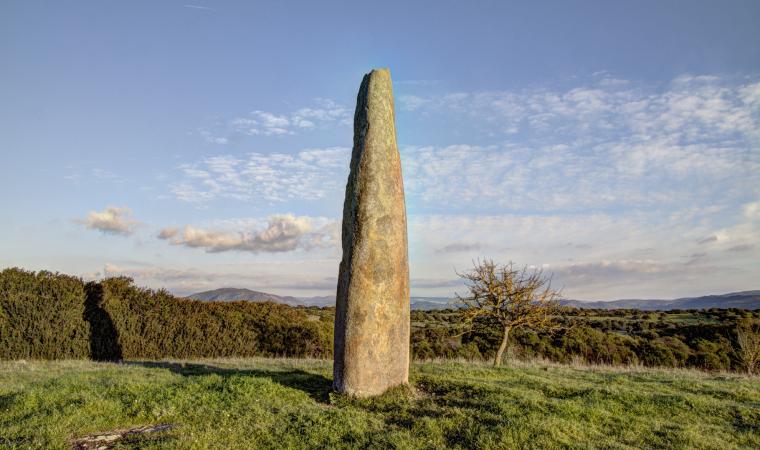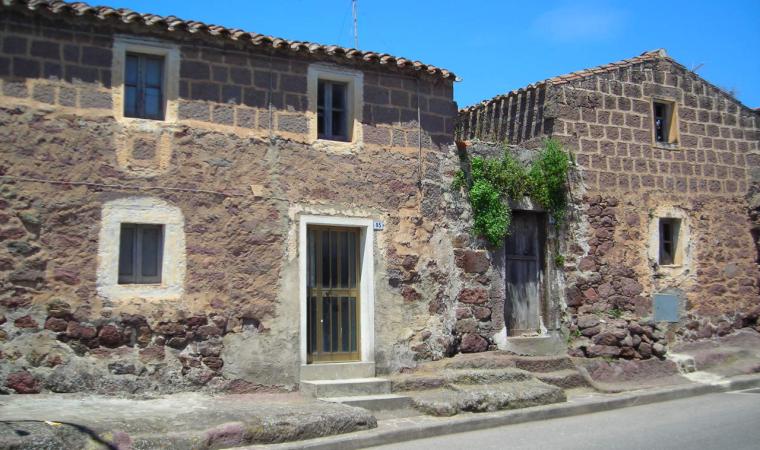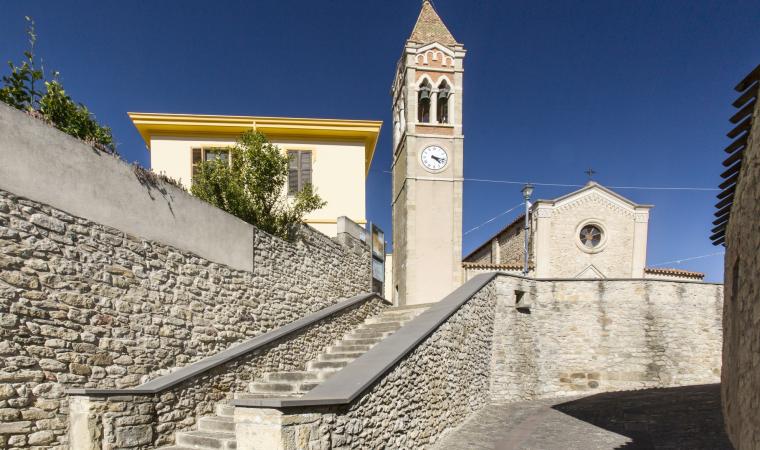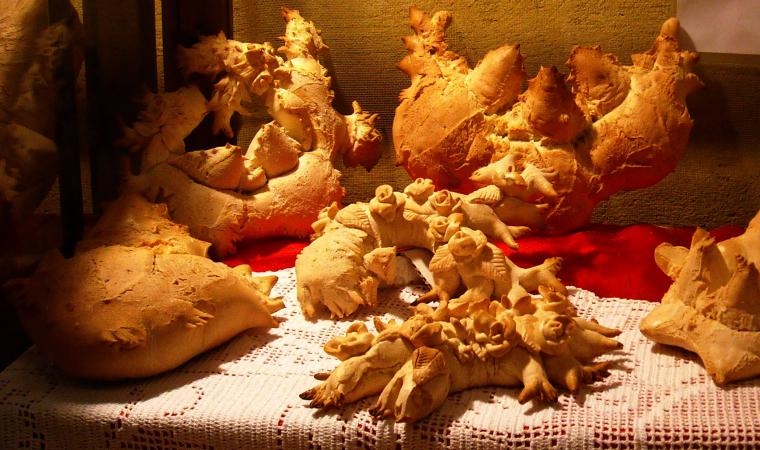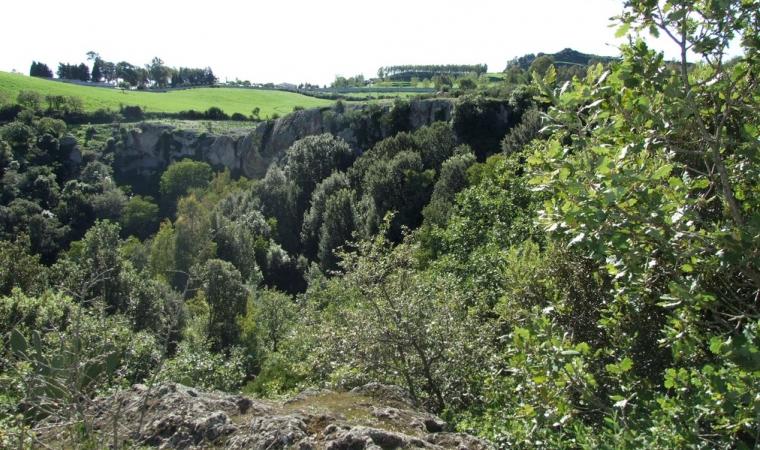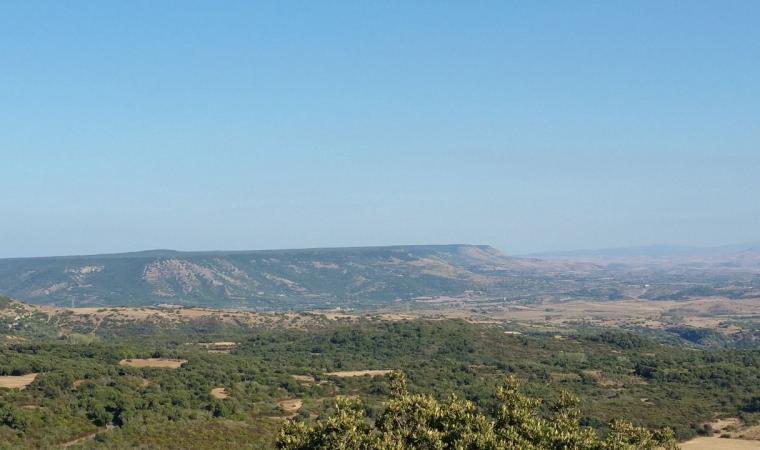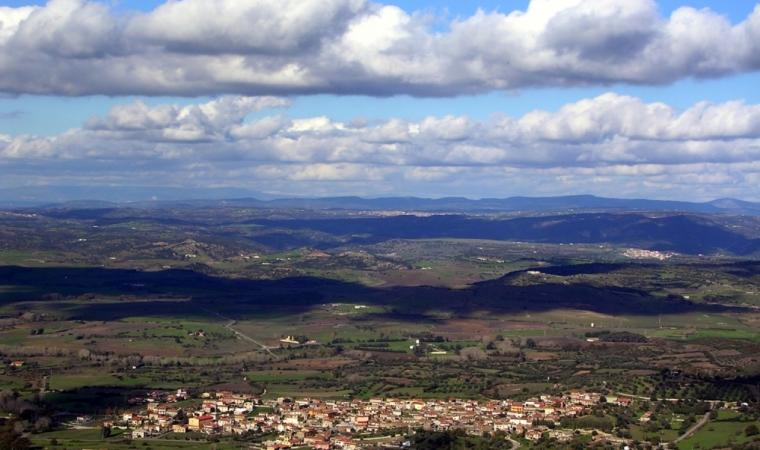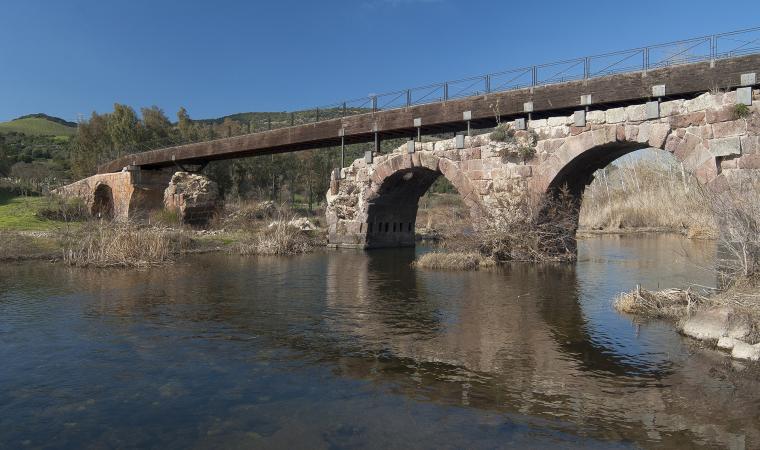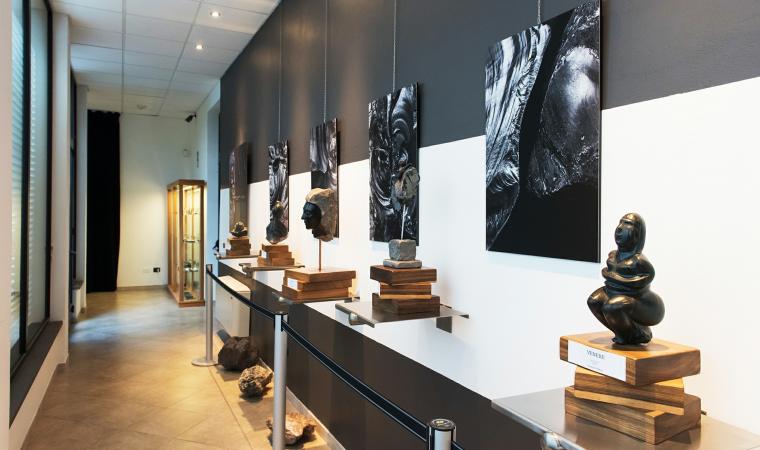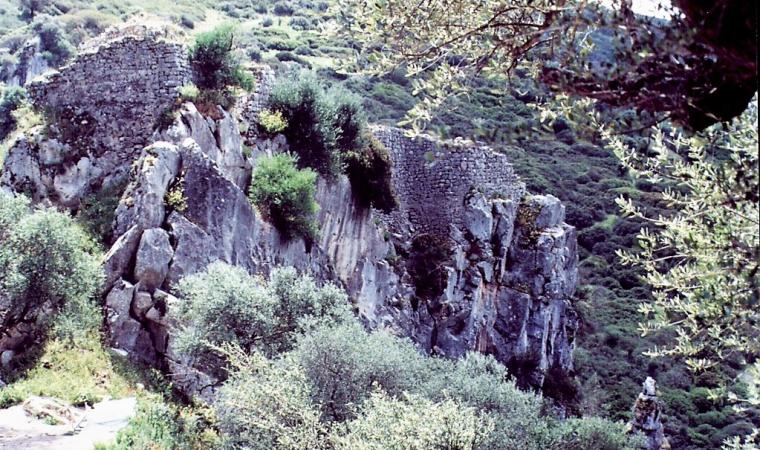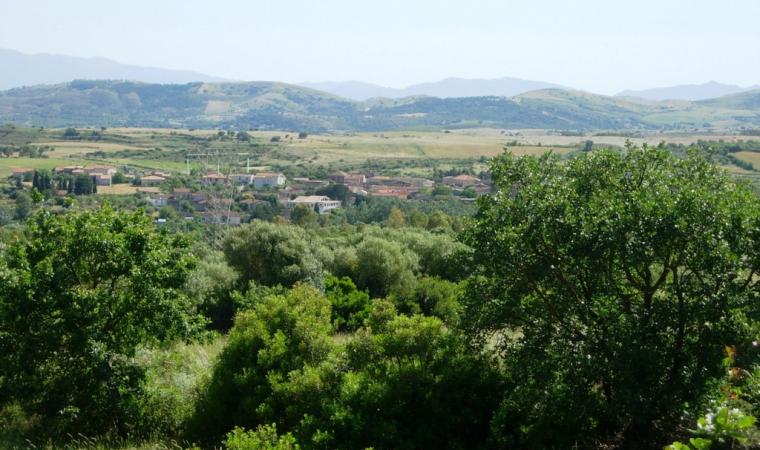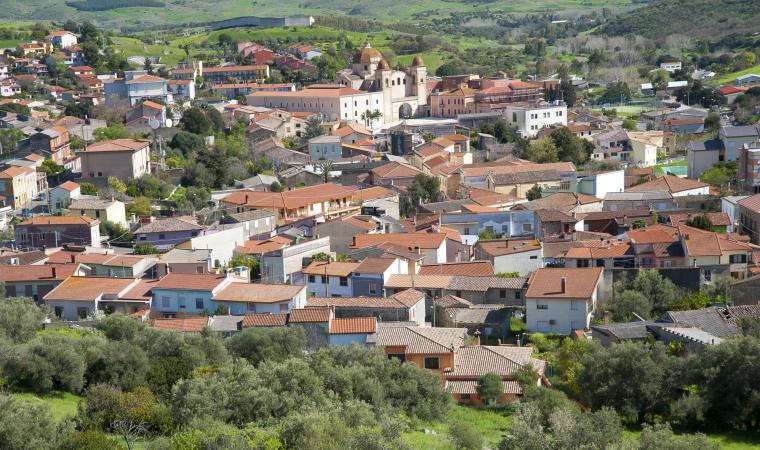It rises at the base of the evocative Mount Grighine in a luxuriant area dominated by the Monte Arci park and covered with Maquis shrubland (cistus, strawberry trees, holm oaks, lentisk, myrtle), downy oaks and cork oaks, being the habitat of numerous animal species. Mogorella is a very small town of about 450 inhabitants in the upper Marmilla region, in the province of Oristano. Its toponym, officially certified in 1546, indicates a ‘small hill’. The patron saint of the village is San Lorenzo, celebrated twice a year. Firstly comes a procession on 20th May accompanied by folk groups and knights, in conjunction with the Sagra della Pecora (sheep festival), with the traditional dishes enjoyed together with local wine; and then in mid-August there are religious rituals and civic events.
Its territory has been inhabited since prehistoric times, as can be proven by seven Nuragic remnants, the great attraction of the area. Of particular importance is the Protonuraghe Friarosu, which stands on a 400-metre-high limestone plateau near the entrance to the village. It has a ‘corridor’ structure, of which seven stone rows remain, with a height of five metres. This represents, especially in the architectural context of the two internal sub-elliptical spaces, the ‘connecting link’ between the archaic Nuragic typology and the more evolved tholos (false dome) variety. It dates back to between ancient and middle Bronze period, as confirmed by the numerous ceramic finds discovered, including plates, pots, bowls with rims, hemispherical and streamlined bowls, narrow-mouthed ollas, all materials from the Bonnanaro culture, used both in Proto-nuragic and in the Nuraghe a Tholos. Another important prehistoric remnant is the Nuraghe Mannu, being the best preserved of all. Neighbouring these are the Nuraghi Bau Tentu, consisting of two circular structures joined by corridors, and the Luas, originally consisting of three overlapping rooms connected by a staircase. Of the Nuraghe Cuccuru, one kilometre from the inhabited town centre, there remains a tract of the perimeter walls. The Aresti, Pastoris and Ruina Tassa are of single-tower type, just like the Nuraghe Fenugu, around which a large village presumably stood. The discovery of a precious and rare bronze sculpture, the Gladiator of Mogorella, today displayed in the National Archaeological Museum of Cagliari, proves that the area was occupied in Roman times. At almost eight centimetres, the statuette depicts a secutor, who was opposed to the Reziario and had to dodge fearful weapons. The head is covered by a helmet, whilst the raised right hand holds a sword (of which remains the hilt), and the left one a shield, now lost.


